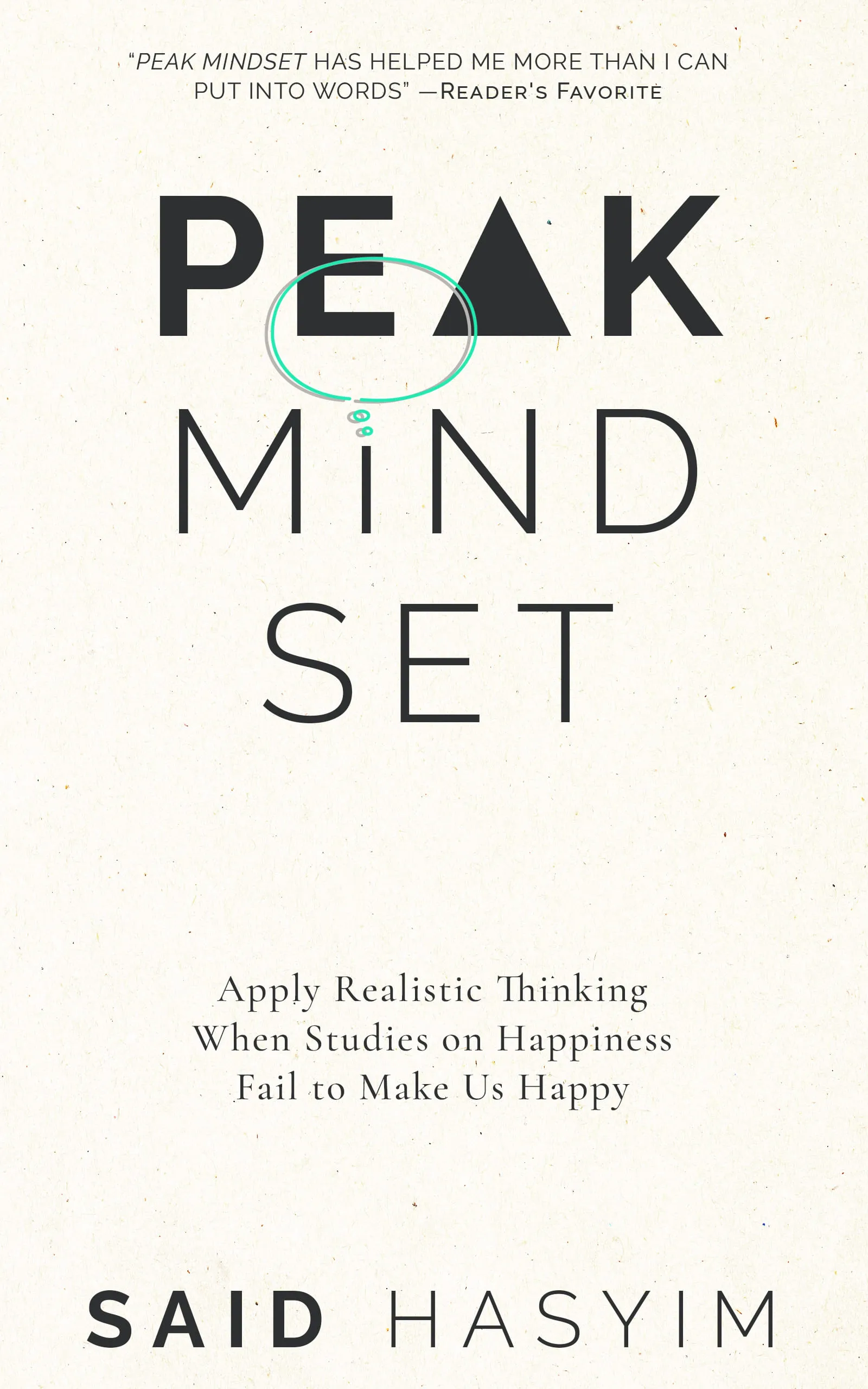How to Build Resilience Through Realistic Thinking
In our fast-paced and often unpredictable world, resilience is a quality that many aspire to cultivate. It enables us to bounce back from setbacks, adapt to change, and maintain our well-being even in stressful situations. A powerful yet often overlooked method for building resilience is through realistic thinking. In this blog post, we will explore what realistic thinking is, how it differs from other forms of thinking, and practical strategies to help you develop this crucial skill.
Understanding Realistic Thinking
Realistic thinking is rooted in a clear-eyed assessment of circumstances. It encourages individuals to view situations as they truly are, without the distortions of excessive optimism or pessimism. Here are some key aspects of realistic thinking:
- Objective Observation: Realistic thinking involves looking at situations and experiences without the weight of biases and emotions clouding judgment.
- Balanced Perspective: Rather than solely focusing on what’s wrong or what could go wrong, realistic thinking acknowledges both challenges and opportunities.
- Future-Oriented: While it is important to recognize present realities, realistic thinking also involves planning for the future and considering various scenarios that could unfold.
This framework promotes a healthier mindset, which in turn nurtures resilience. When faced with challenges, realistic thinkers are better prepared to take constructive actions rather than feeling overwhelmed.
The Role of Mindset in Resilience
Resilience is often tied to one's mindset—the beliefs we hold about ourselves and our capabilities. Adopting a realistic mindset can significantly influence our ability to cope with stress and adversity.
Growth vs. Fixed Mindset: A growth mindset, where challenges are seen as opportunities for growth, allows individuals to approach difficulties with a more adaptable and resilient attitude. Realistic thinking reinforces this mindset by grounding goals in achievable reality.
Self-Compassion: Realistic thinking encourages individuals to be kind to themselves during tough times. It's important to recognize that setbacks are part of the human experience, and adopting a compassionate view of our struggles helps us bounce back quicker.
Focus on Control: Realistic thinkers differentiate between what they can control and what they cannot. This clarity allows them to direct their energy toward effective problem-solving rather than wasting it on unchangeable circumstances.
Practical Strategies for Building Resilience Through Realistic Thinking
1. Practice Mindfulness
Mindfulness involves being present and fully engaged in the moment without judgment. By regularly practicing mindfulness, we can enhance our awareness of thoughts and feelings, allowing us to recognize distorted thinking patterns. Techniques such as meditation, deep breathing exercises, or mindful observation can pave the way for clearer, more realistic thought processes.
2. Keep a Thought Journal
Maintain a journal where you can write down your thoughts and feelings about specific situations. Take the time to assess whether your thinking is realistic or skewed. Are you overestimating the negative aspects? Are you dismissing your strengths? This practice helps to identify patterns in your thinking and fosters a more balanced perspective.
3. Challenge Negative Thoughts
When you encounter negative thoughts, practice challenging them. Ask yourself critical questions, such as:
- "What evidence do I have to support this thought?"
- "Is there another way to view this situation?"
- "What would I say to a friend in this situation?"
By questioning our thoughts and reframing them, we can develop a more grounded and realistic viewpoint.
4. Set Achievable Goals
Break down larger tasks into smaller, manageable goals. By setting realistic, achievable objectives, you can build a sense of accomplishment over time. Celebrating small wins can feed into a positive feedback loop, reinforcing your belief in your abilities and resilience.
5. Develop a Support Network
Surround yourself with supportive and realistic thinkers. Engaging with others who offer constructive perspectives can help you challenge your thinking and broaden your understanding of a situation. Additionally, discussing challenges within a supportive network can provide new insights and coping strategies.
6. Reflect on Past Experiences
Take time to reflect on past challenges and how you overcame them. What strategies worked well? What did not? This reflection process allows you to derive valuable lessons from past experiences, making you more equipped to deal with future challenges.
7. Stay Educated
Knowledge can be a powerful tool for fostering realistic thinking. Read articles, attend workshops, and engage in discussions that encourage critical thinking and perspective-taking. Staying informed about various topics not only broadens your understanding but also facilitates more realistic assessments of scenarios in your life.
Conclusion
Building resilience through realistic thinking is not merely about maintaining a positive outlook; it’s about finding balance and truth in our experiences. When we cultivate the ability to think realistically, we empower ourselves to engage with challenges more effectively, adapt to change, and ultimately thrive.
By applying practical strategies such as mindfulness, challenging negative thoughts, and reflecting on past experiences, we can develop a resilient mindset that will serve us throughout life’s unpredictable journey. Embrace realistic thinking, and watch as your resilience grows, better preparing you to face whatever comes your way.
Leverage Your Mindset for a Fulfilling Life
Explore Peak Mindset, a book to leveraging your subconscious for a more fulfilling life. Gain insights into realistic thinking, money management, and stress resilience to make informed decisions. Discover pitfalls in conventional happiness advice and practical strategies for self-transformation. Unlock your potential and enhance your overall satisfaction.
